11 Easy-to-Grow Perennial Vegetables for Your Garden
Growing your own vegetables can be rewarding, especially when they come back every year without much effort. Perennial vegetables are a great way to enjoy fresh food without starting from scratch each season. These plants save time, money, and energy in the garden. Once they are settled in the soil, they keep producing year after year. If you want a low-maintenance garden with steady harvests, these vegetables are worth planting.
This post may contain affiliate links, which helps keep this content free. Please read our disclosure for more info.
Asparagus
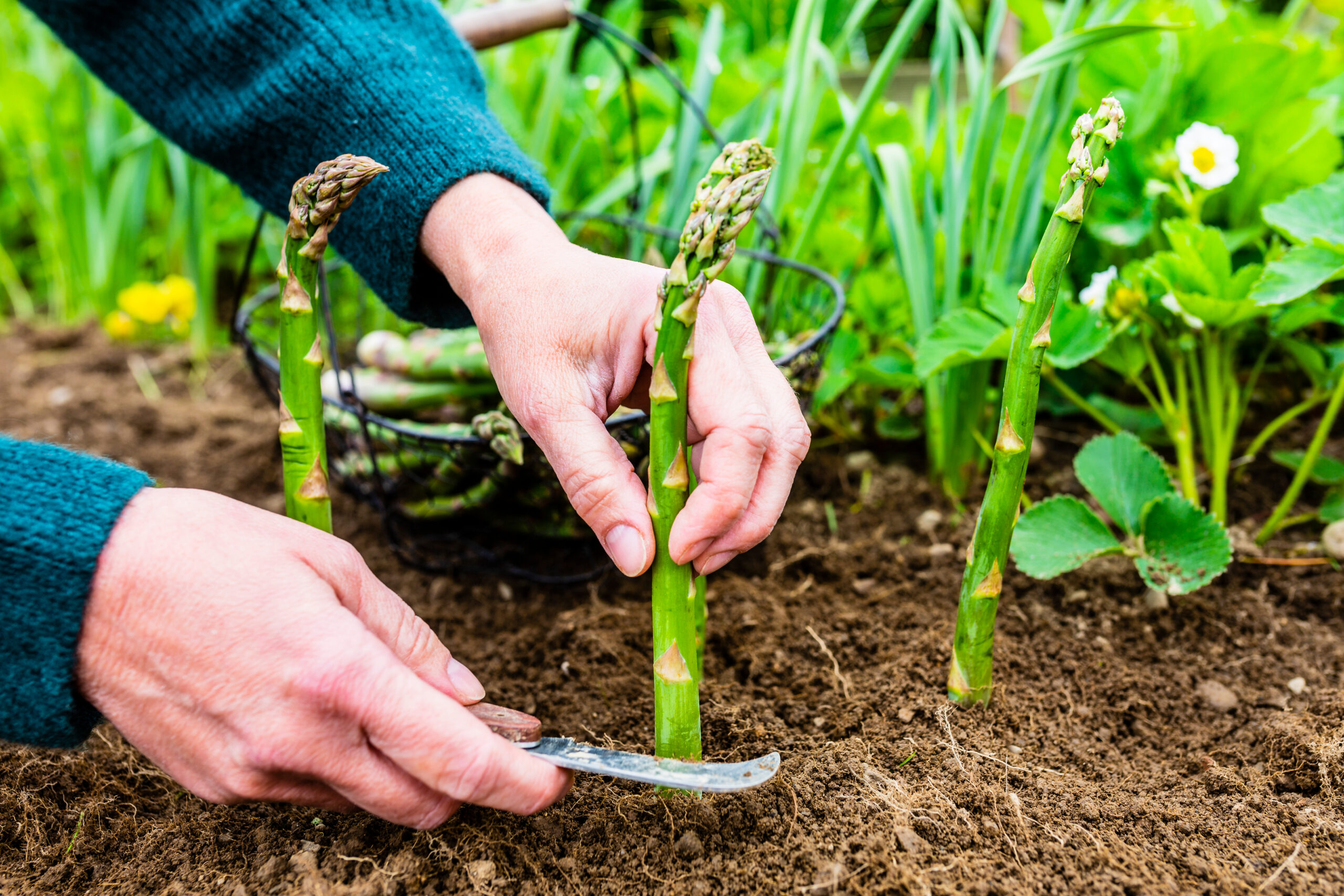
Asparagus is one of the most popular perennial vegetables for home gardens. It takes about 2 to 3 years to produce a good harvest, but once it starts, it comes back every spring. The plant prefers full sun and well-drained soil. Once established, it can keep producing for 15 to 20 years.
You only need to plant it once, and it needs little care afterward. Early spring is the best time to plant crowns. Mulching and keeping weeds away help the plant grow better. Do not harvest too early, or it may weaken the plant.
Rhubarb
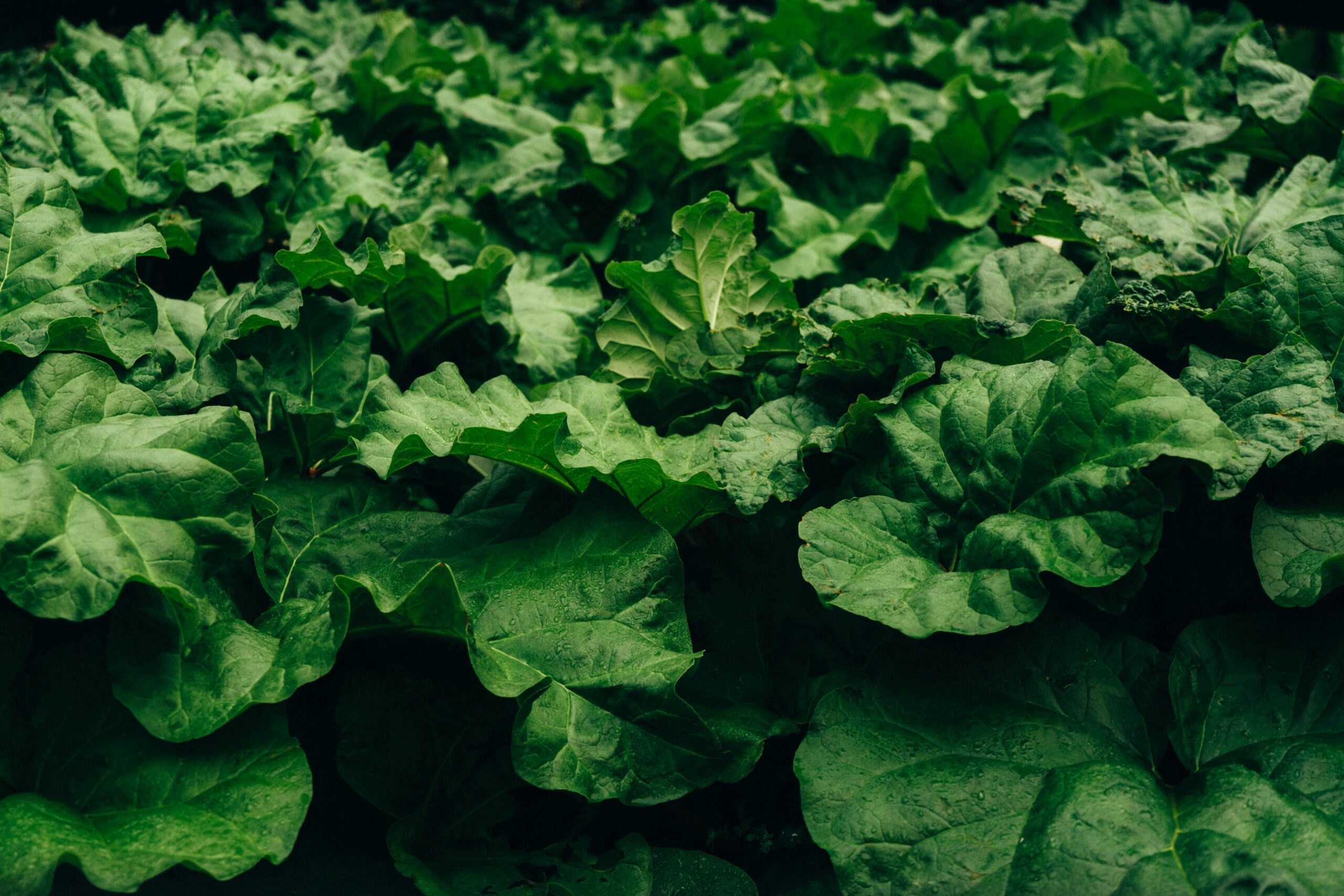
Rhubarb is a hardy plant that takes around 1 to 2 years to start producing well. It grows best in cool climates and full sun. The thick red stalks are harvested in spring and early summer. Avoid eating the leaves because they are toxic.
Once it is established, rhubarb will return every year with little effort. A good layer of compost each year keeps it healthy. Divide the roots every few years to prevent overcrowding. It can live for more than a decade if maintained properly.
Egyptian Walking Onions
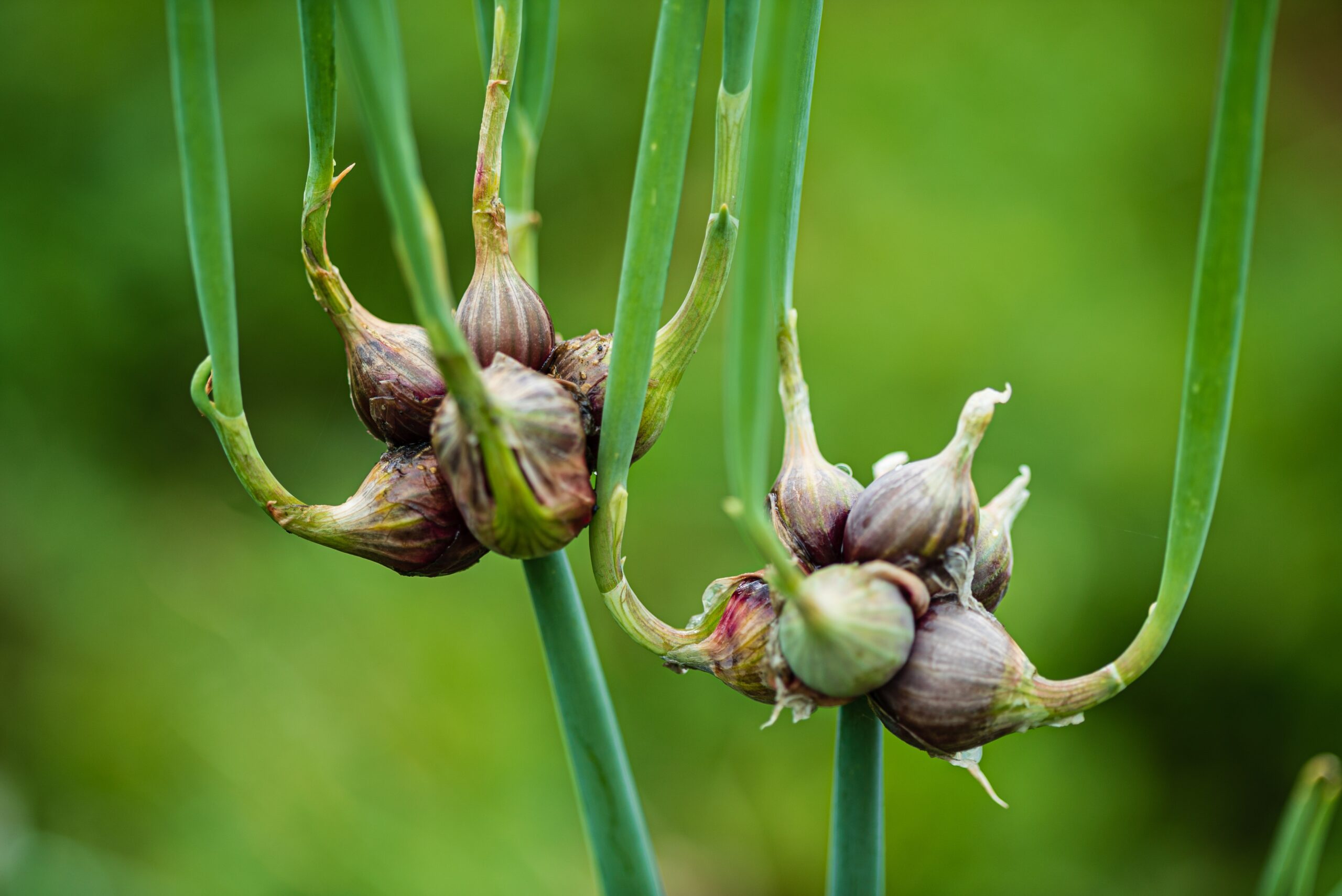
Egyptian walking onions grow year-round and take about 6 to 12 months to fully mature. They are known for producing small bulb clusters at the top of the stalks. These bulbs fall to the ground and grow new plants, spreading easily. They are hardy and can survive cold winters.
You can use both the green stalks and the underground bulbs in cooking. They prefer sunny spots with well-drained soil. They require little watering once established. The plant keeps going without much effort from season to season.
Sorrel
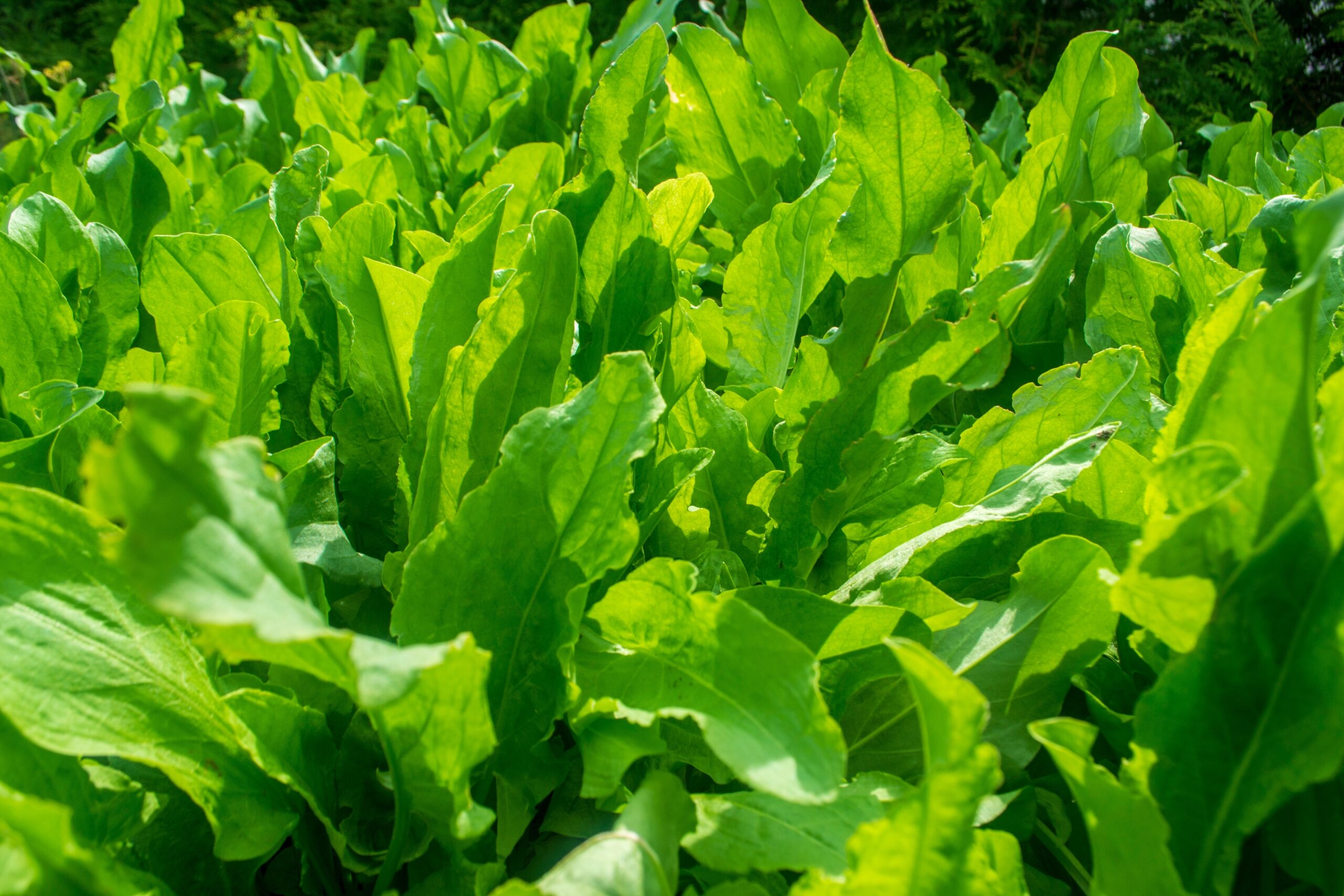
Sorrel is a leafy green that grows back every year and is ready to harvest in about 2 months. It has a tangy, lemon-like flavor that adds a fresh touch to salads and soups. It prefers cool weather but can grow in light shade during summer. The plant does best in moist, well-drained soil.
You can start cutting the leaves once the plant is about 6 inches tall. It grows quickly after each cutting, making it easy to enjoy multiple times in a season. Sorrel can stay productive for several years with regular care. Trim flower stalks to keep leaves tender.
Jerusalem Artichokes
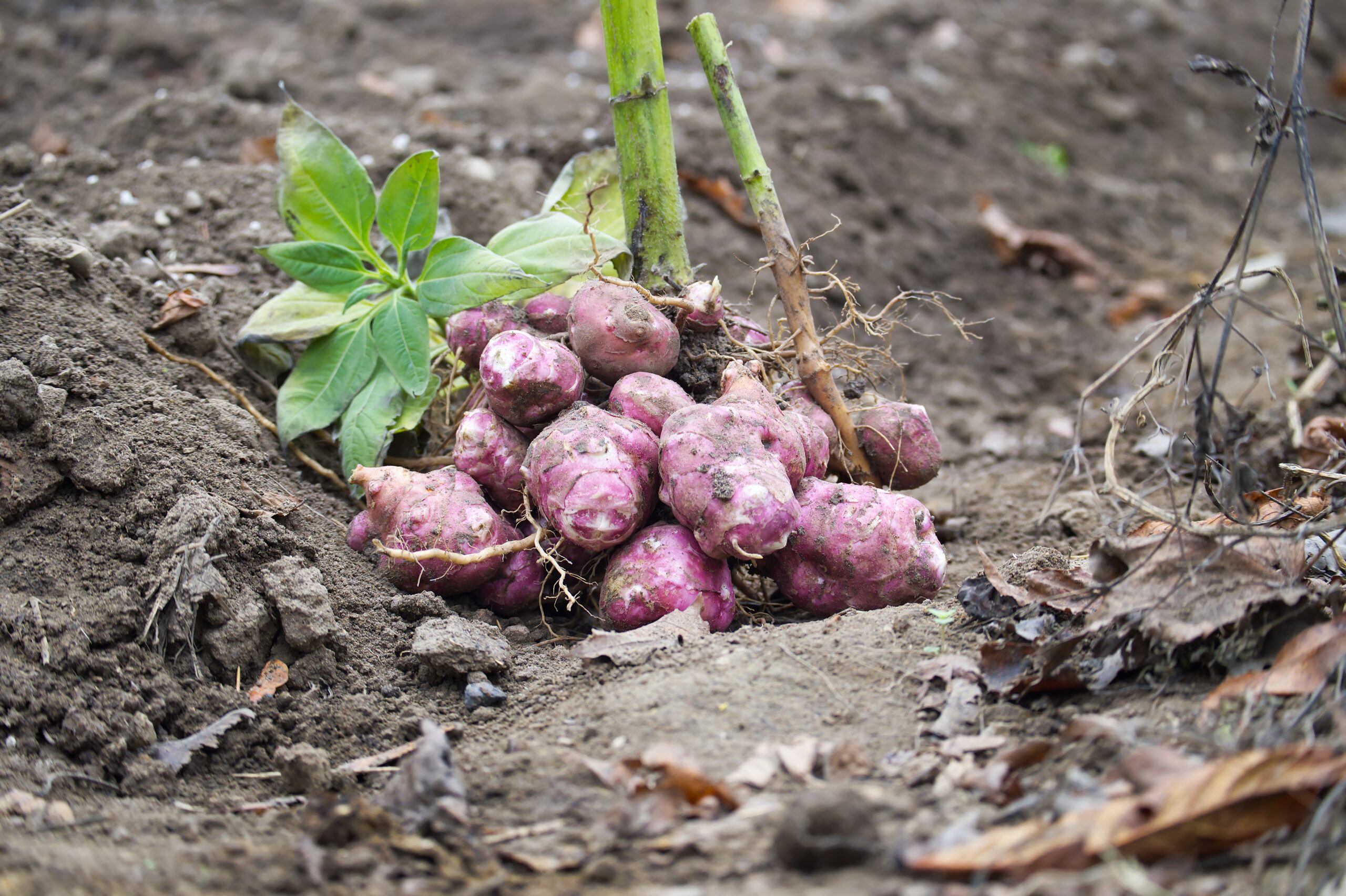
Jerusalem artichokes, also known as sunchokes, take around 4 to 5 months to grow to harvest size. They are a type of sunflower that grows tall and produces edible tubers underground. These tubers can be harvested in late fall after the flowers die back. They grow best in full sun and loose soil.
Once planted, they spread quickly and come back each year. Dig up only what you need and leave the rest to grow again. The plants can grow over six feet tall, so give them space. Mulching helps protect the tubers during colder months.
Horseradish
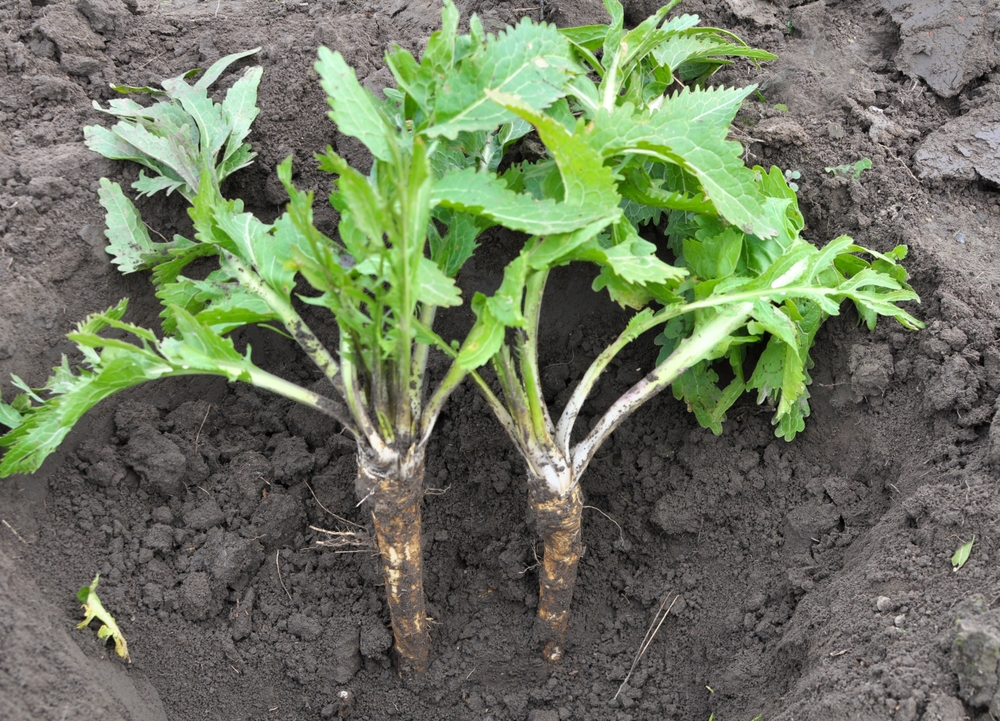
Horseradish grows from root cuttings and takes about one year to mature. It thrives in sunny areas and moist soil. The spicy root is dug up in fall, while a few root pieces can be left behind to grow again. It spreads quickly, so it is best to grow it in a separate space or container.
This plant needs little care once it is in the ground. A thick mulch helps keep weeds down and retains moisture. Cut the leaves back at the end of the growing season. You can keep harvesting for years with minimal effort.
Sea Kale
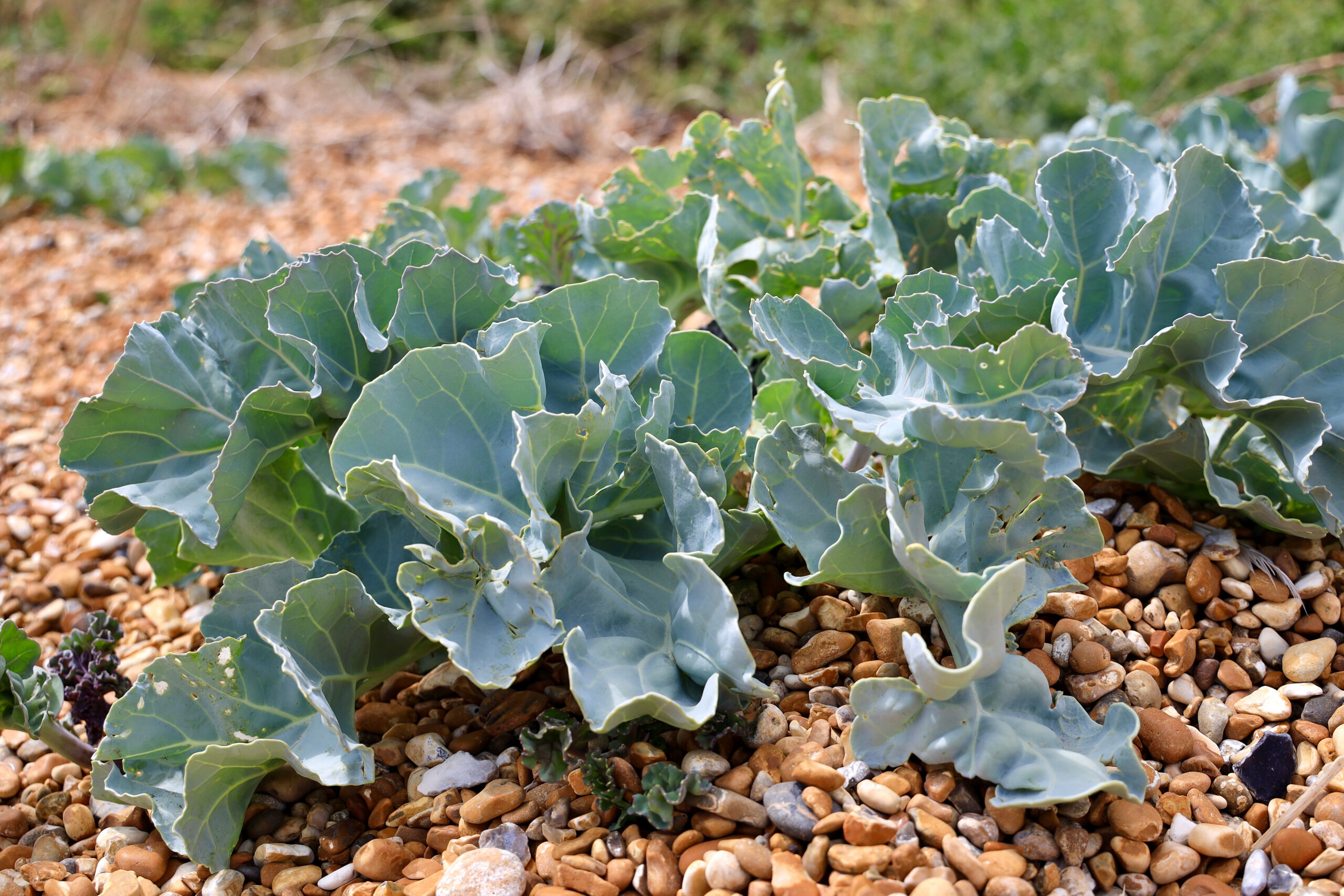
Sea kale is a unique perennial vegetable that takes 1 to 2 years to become well-established. It has thick, cabbage-like leaves and white flowers in spring. It grows best in sandy, well-drained soil and needs full sun. The young shoots are harvested in early spring.
Covering the shoots with pots helps make them tender and pale. The plant spreads slowly, so it will not take over your garden. Keep the soil moist during dry periods. Once mature, it returns yearly with reliable growth.
Good King Henry
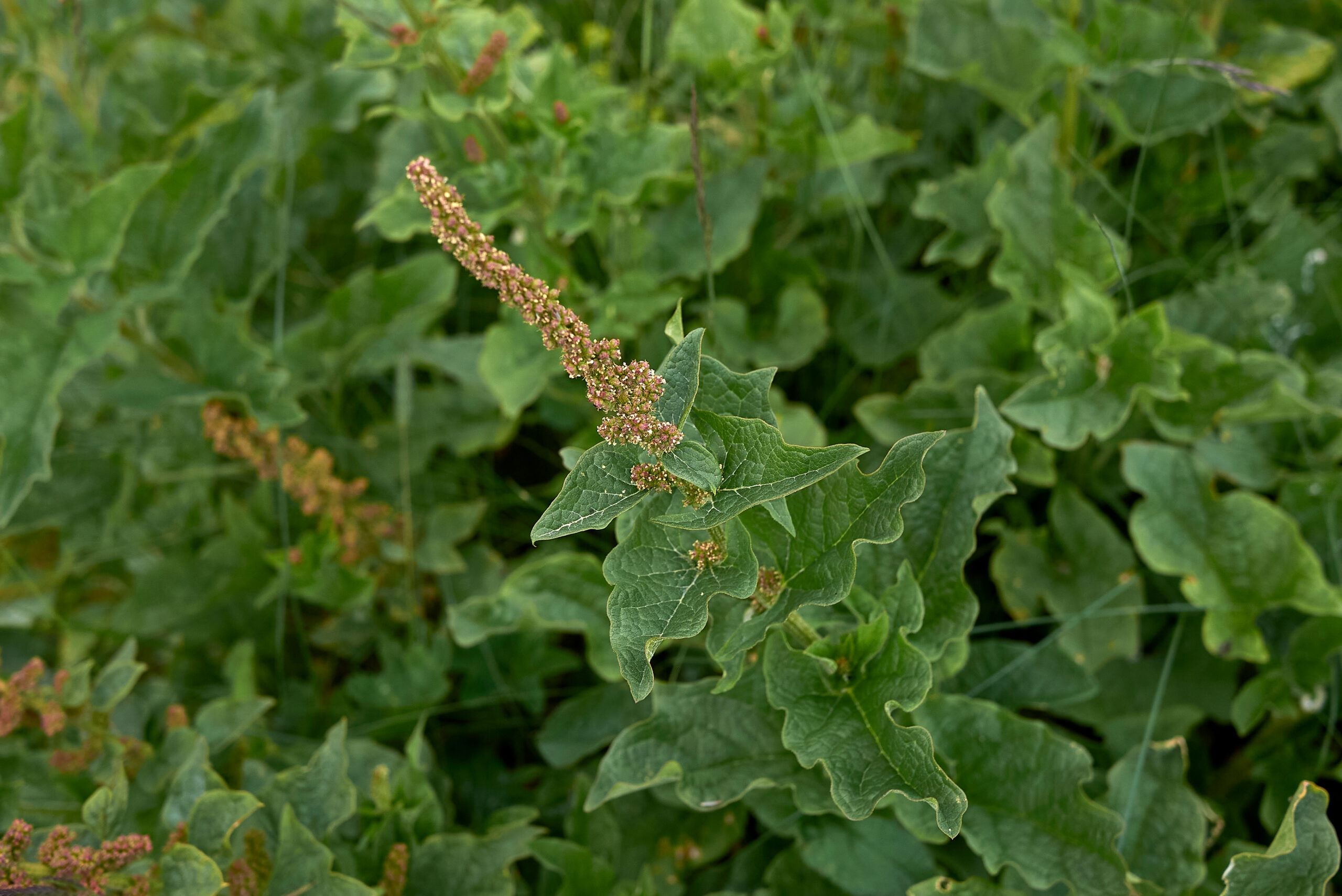
Good King Henry is an old-fashioned vegetable that grows back yearly and takes about one full season to settle in. It produces edible leaves and shoots, similar to spinach and asparagus. It grows well in partial shade and rich soil. Water it regularly during dry spells for better yields.
You can begin picking leaves the second year. Harvest in moderation to keep the plant healthy. Cut back flower stalks to encourage more leaf growth. It will continue to produce for many years with basic care.
Lovage
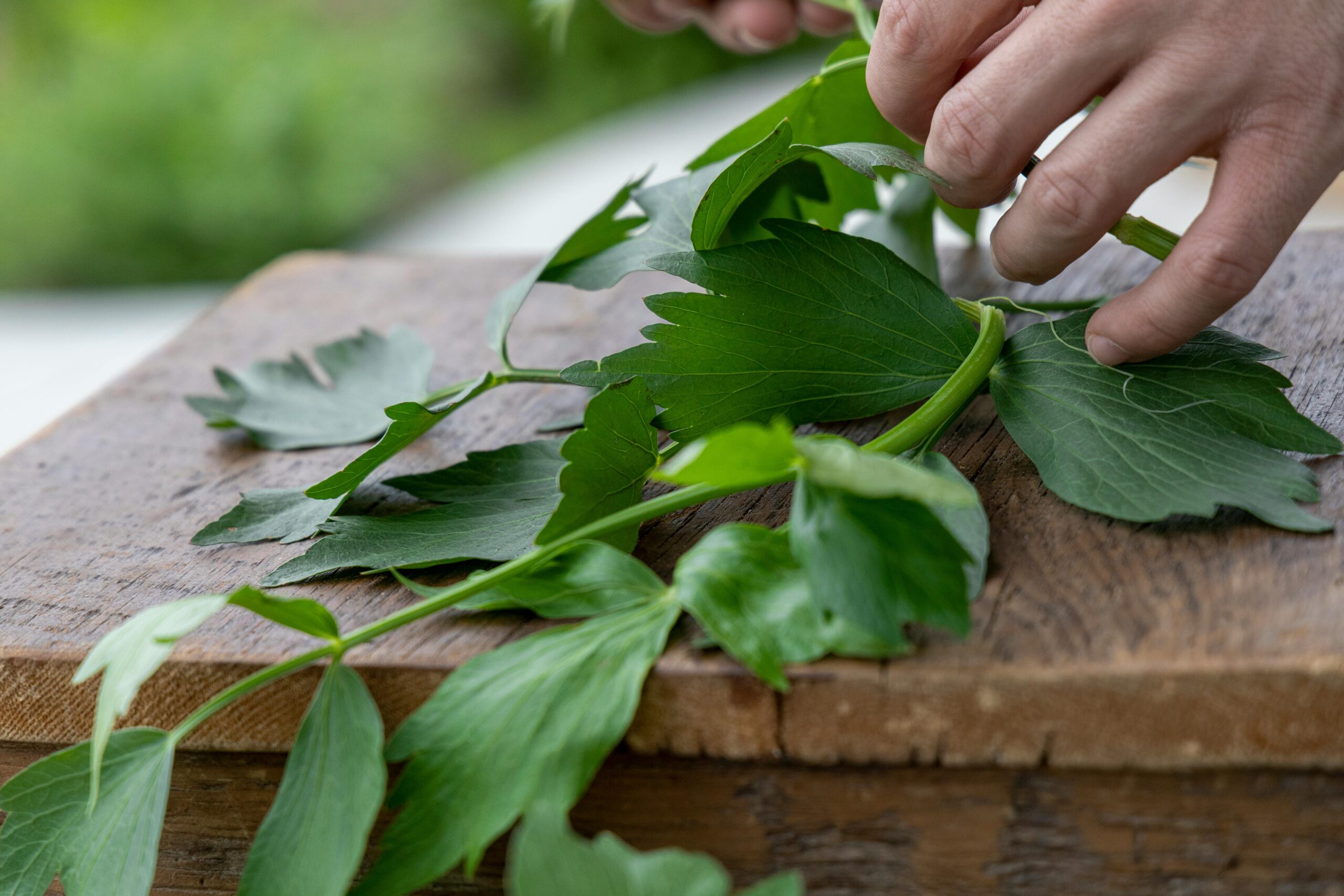
Lovage is a tall, celery-like herb that comes back each spring and takes about 2 years to reach full size. It has a strong flavor and is used in soups and broths. It grows best in full sun to partial shade and moist soil. Once established, it needs little maintenance.
Cut the stalks as needed for cooking. It grows up to six feet tall, so give it space to spread. In fall, trim the plant back to keep it tidy. Lovage is hardy and survives cold winters well.
Chinese Artichoke
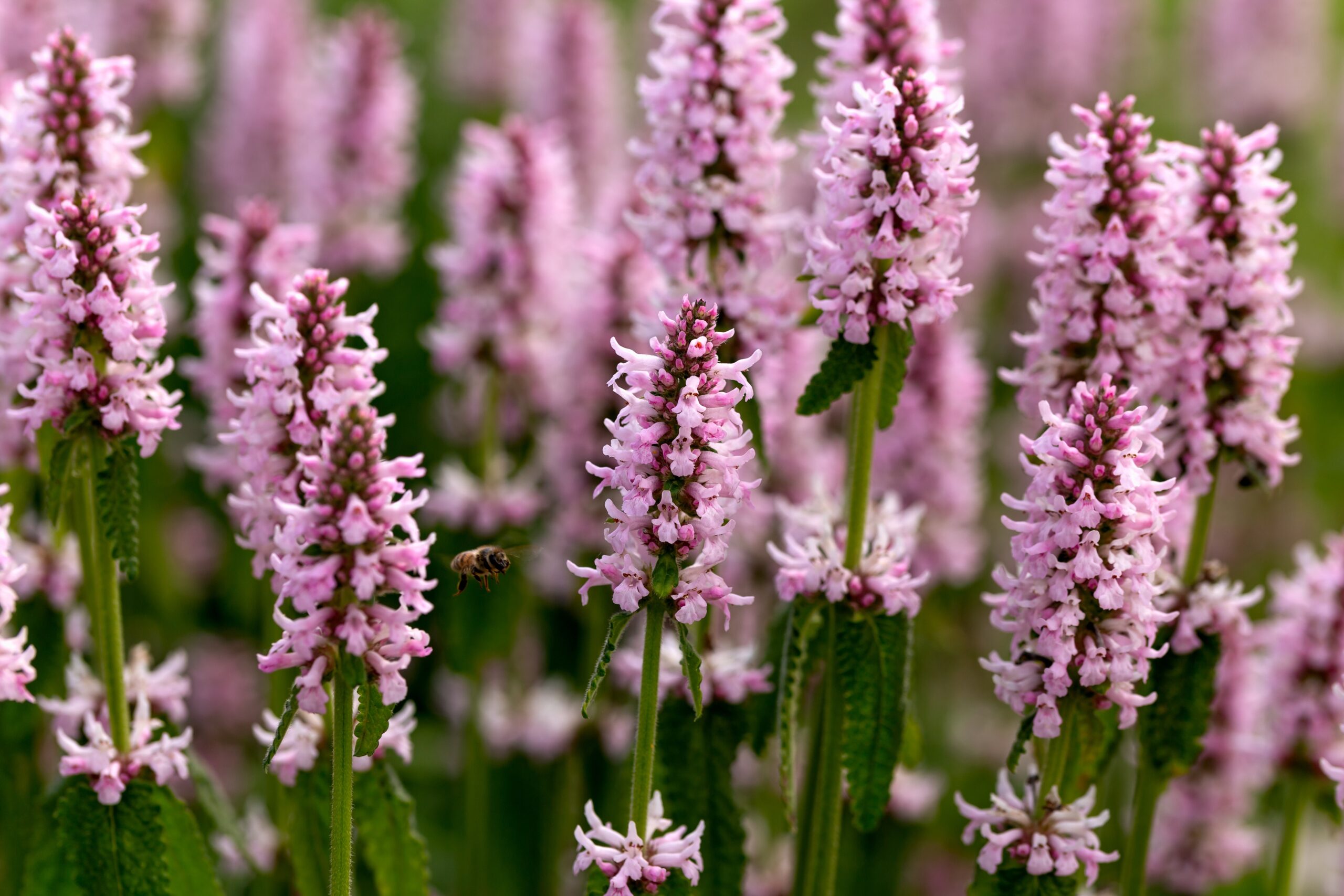
Chinese artichoke is a lesser-known perennial that takes about 3 to 4 months to grow tubers. The plant is short and bushy, with white, crunchy roots used in stir-fries or pickles. It grows well in loose, moist soil and partial sun. Harvest is usually in late fall.
Leave some tubers in the ground so the plant returns the next year. Mulch helps protect roots from frost. It does not need much care or fertilizer. This plant is a good choice for small gardens.
Watercress
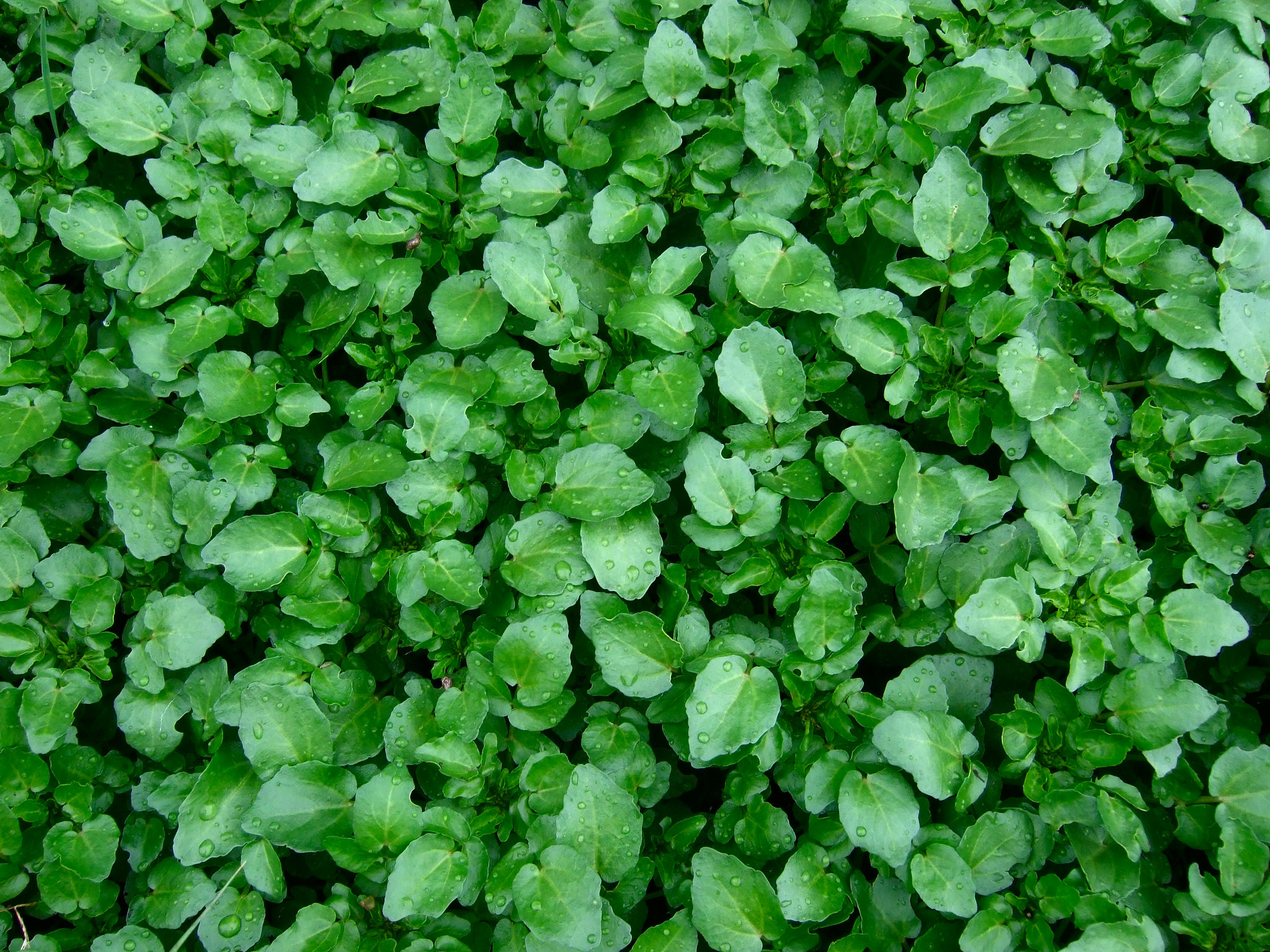
Watercress is a fast-growing perennial that takes just 1 to 2 months to mature. It prefers wet soil or shallow water and partial shade. The plant has peppery leaves that are great in salads. It needs frequent harvesting to stay productive.
Cut the stems just above the roots to encourage regrowth. Clean water is important for healthy plants. You can grow it in containers or near ponds. With regular trimming, it will keep producing for a long time.
This article originally appeared on Avocadu.
